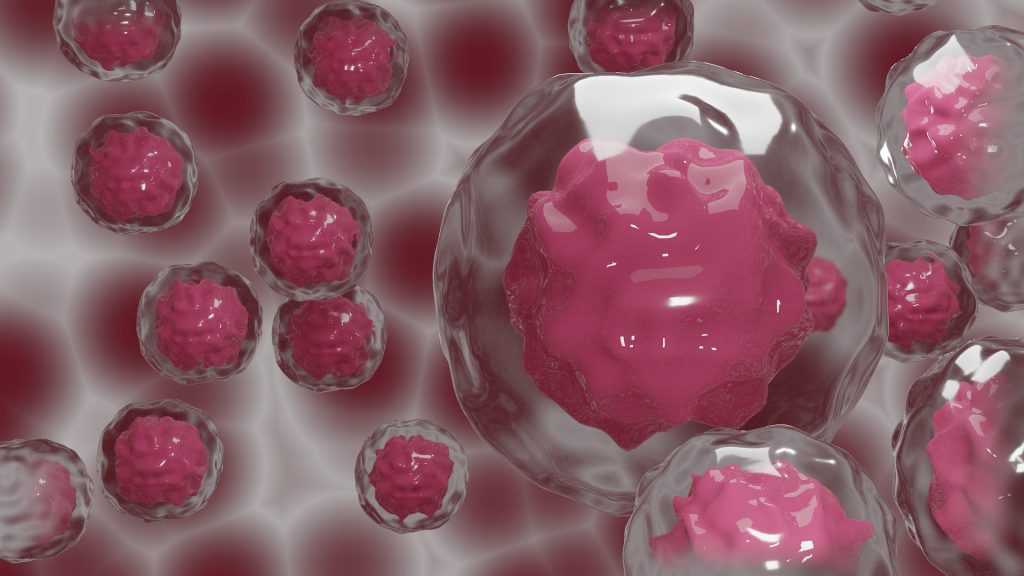Surgery and regenerative medicine are an extraordinary new branch of medicine that aims to “repair” cells, tissues and organs through technologically advanced methods of cell regeneration.
The regenerative techniques, which have appeared and consolidated in recent years thanks to the contribution of numerous international studies and research protocols supported by a consistent and elegant bibliography, are essentially based on the use of stem cells, tissue engineering, cell reprogramming and genetic therapy. These new therapeutic lines, originating from the correlation between the results of molecular biology and bio-engineering research and their practical and clinical applications, can often be synergistically combined in strict compliance with the fundamental criteria of Translational Medicine, which provides for a close correlation between research, clinical and industry.
Surgery and regenerative medicine are rapidly and constantly evolving and in many countries the structuring of a specialized academic training process in this new transversal discipline has already begun, involving many other specialities.
In this vast panorama of new technologies, stem cells have progressively established themselves as the most effective and user-friendly regenerative therapeutic tool.

Stem cells can be divided into embryonic stem cells and adult stem cells. In both cases, they are non-specialized cells that can therefore take on different forms and functions. The former are extracted from the internal cells of a blastocyst and have the characteristic of pluripotence, because they can give rise to almost all types of cells that make up the organs such as bones, heart, lungs, brain, liver and many others. The latter, on the other hand, can be found among the specialised cells of a specific tissue and have the characteristic of multipotency, i.e. they have the capacity to develop into cells of different types, but not all of them.
In an initial phase, the focus of the research was mainly on Embryonic Stem Cells, of undoubted therapeutic effectiveness but unfortunately burdened by the well-known ethical and legislative implications that have in fact limited their use.
At the end of the 1980s, however, research was fortunately able to demonstrate the existence of Adult Stem Cells of Mesenchymal origin identified by the acronym MSCs (or: Mesenchymal Stem Cells), which have demonstrated great ability to repair and regenerate damaged tissues.
These are substantially different from Embryonic Stem Cells because they are derived from adult tissues and not from embryonic tissues and therefore do not involve ethical limitations and are regulated by a much more streamlined legislative structure. As we have already mentioned, these cells are multi-potent, highly undifferentiated and offer the ability to respond to particular stimuli by transforming into cells of different tissue lines all originating from the three mesenchymal leaves.
Epithelial and muscular cells can develop from the ectodermal layer; adipose, cartilage and bone cells can originate from the mesodermal layer; endothelial, hepatic and pancreatic cells can originate from the endodermal layer.
These cell populations also have great immunomodulatory properties, i.e. they are able to regulate the responses of the immune system according to the different tissue alterations. They also have important anti-inflammatory capabilities by acting on different cytokine pools and when grafted into the body they spontaneously and actively migrate to damaged tissues, promoting their regenerative processes.
MSCs have a remarkable proliferative capacity both in vivo, after grafting, and in vitro, in culture, keeping intact their great potential for differentiation towards the selected cell lines.
The initial discovery of this new type of Stem Cell in 1987 by A. Caplan, began a frantic research activity that allowed to isolate MSCs from various types of adult tissues, such as bone marrow, umbilical cord blood, placenta, amniotic fluid, synovial fluid, periosteum and, more recently, adipose tissue.
The adipose deposits in particular are today an irreplaceable source of easy access and very abundant adult stem cells with high regenerative potential. The basis of surgery and regenerative medicine.
